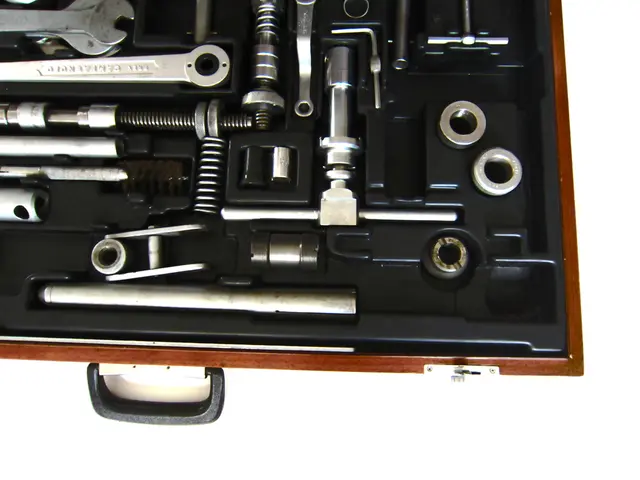Data-Driven Predictions: Powerful, But Not Bias-Free
Data-driven predictions are transforming industries, but they also raise concerns about fairness and bias. This was highlighted in a recent article in IEEE Spectrum and a case involving a young girl named Sarah Murnaghan.
Data is increasingly used to improve efficiency and effectiveness across various sectors. For instance, better data use in healthcare could bring in an additional $300 billion annually, as per the McKinsey Global Institute. However, there are worries about being disadvantaged by predictive algorithms, particularly in industries like healthcare and finance.
In the case of Sarah Murnaghan, a 10-year-old with cystic fibrosis, age-based donation rules made her unlikely to receive a lung transplant. Her family and medical professionals fought for a more data-based decision. A federal judge agreed that the age-based rule was unfair, and Sarah later underwent two lung transplants. This case underscores the importance of challenging the assumptions and values behind data analytics to avoid biases and ensure fairness.
While data is useful in predicting outcomes, such as movie preferences or machine repairs, it does not eliminate biases. Using more data can reduce errors, but it does not eliminate biases. This was originally published in IEEE Spectrum.
Data-driven predictions, while powerful, must be used responsibly to avoid biases and ensure fairness. The case of Sarah Murnaghan serves as a reminder that data should supplement, not replace, human decision-making. Industries should strive to use data to improve efficiency and effectiveness, while also addressing potential biases and ensuring that everyone has a fair chance.







